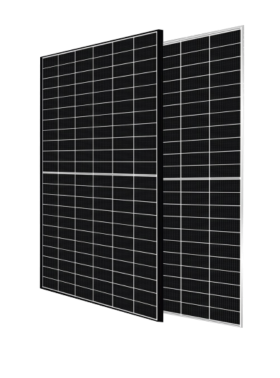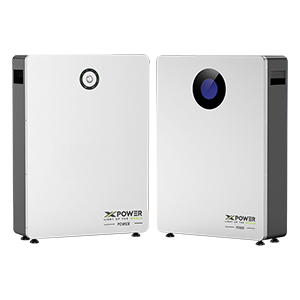How do DC solar panels convert sunlight into electricity?
Time of Release : 2023-12-11
Solar energy is a sustainable and renewable power source that brings numerous environmental and economic advantages. At the core of solar energy systems are photovoltaic (PV) panels, also known as solar panels, which efficiently convert sunlight into usable electricity. In this article, we will delve into the fascinating process of how DC solar panels capture and transform sunlight into electrical energy.

The Photovoltaic Effect:
The fundamental principle behind the operation of solar panels is the photovoltaic effect. When photons from sunlight hit the surface of the solar panel, specialized semiconductor materials, typically made of silicon, are activated. This interaction between photons and semiconductors initiates the conversion process.
Sunlight Absorption:
Solar panels are meticulously designed with layers of semiconductor material that effectively absorb sunlight. The top layer is coated with an anti-reflective material, optimizing absorption by minimizing reflection. As sunlight reaches the surface of the solar panel, it is absorbed by the semiconductors.
Generation of Electron-Hole Pairs:
Once sunlight is absorbed, the energy from photons enables electrons in the semiconductor atoms to break free from their atomic bonds. This liberation of electrons creates negatively charged electrons and positively charged holes. The separation of charges forms what is known as an electron-hole pair.
Creation of an Electric Field:
The semiconductors within the solar panel are engineered with an electric field. This electric field acts as a catalyst, causing the separated electrons and holes to move in opposite directions within the material.
Collection of Electrons:
The top and bottom sides of the solar panel feature metal conductive plates, which act as collection points for the separated electrons. These plates guide the electrons towards an external circuit, creating a flow of direct current (DC) electricity.

Conversion to Direct Current:
The DC electricity generated by the solar panel can power various devices directly or be stored in batteries for later use. However, if alternating current (AC) electricity is required, an inverter is used to convert the DC electricity into AC electricity suitable for powering household appliances and commercial electrical systems.
DC solar panels play a critical role in harnessing the sun’s energy and converting it into usable electricity. Through the photovoltaic effect, sunlight is absorbed, generating electron-hole pairs that produce an electric current. As a leading manufacturer in the solar energy industry, we offer cutting-edge DC solar panels with high conversion efficiency and durability. Experience the benefits of solar energy and contribute to a sustainable future by exploring our website and discovering our advanced solar panel solutions. Stay informed about the latest advancements and news in the solar energy sector by regularly visiting our news page.
As a leading solar modules manufacturer, we are committed to providing the most advanced technology and export service quality in the industry. Our cutting-edge DC solar panels harness the boundless power of sunlight, converting it into clean and sustainable electricity with exceptional efficiency. Explore our website to discover how our innovative solar panel solutions can illuminate your path towards a greener and more sustainable future. Experience the difference with our state-of-the-art solar modules and take a significant step towards a brighter tomorrow.





